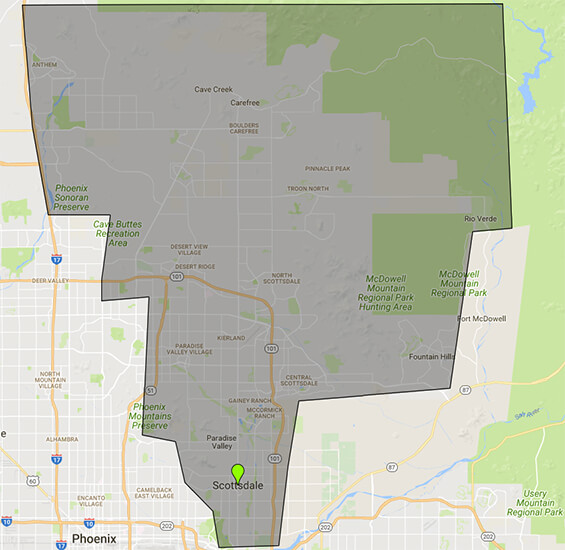View Things from Your Child’s Perspective
Your strategy should be helping your kids to get organized themselves. You should examine their space, furniture, storage, and possessions from their own view. Generally, adult organizing systems do not quite address the needs of children. For instance, closet hanging rods are beyond their reach, folding closet doors can pinch their fingers, adult hangers do not fit their clothing, and conventional toy boxes just house a tangled mixture of toy parts.
To organize your kid’s room, find solutions that fit his/her needs, like investing in child-sized hangers, lowering clothing rods, removing closet doors, using open plastic baskets to store underwear and socks, and using ground-level open containers to store toys. Once everything is in place, devise a simply checklist for daily maintenance.
Sort, Store, and Simplify
Kids’ rooms are typically small, shared, and without built-in storage, which is probably why they are easily cluttered with surplus toys, outgrown and out-of-season clothing, and household overflow from your other rooms. It is hard for your kids to remain organized when their drawers are stuffed, closet is crammed, and there are playthings all over the floor.
To address this, you should start by sorting the clothing and toys. Store or get rid of stuff that your kid has outgrown or no longer needs, and then simplify things for them. There is no need for your son to have lots of t-shirts in his small drawer when he only needs a few. Remove the extras so that what is left can be neatly arranged in the available space.
One other strategy is to involve your children in the cleanup process. Instead of yelling at them and sorting the mess hastily, teach them how to organize their room, and how to keep it in order at all times.

 Clutter control is a problem that many parents face, and it can be particularly challenging to keep your kids’ playroom or bedroom tidy. Some of these spaces, which parents set aside for their kids, can easily get crowded with clothes, toys, and clutter. The Maids of Scottsdale in Phoenix, AZ can help
Clutter control is a problem that many parents face, and it can be particularly challenging to keep your kids’ playroom or bedroom tidy. Some of these spaces, which parents set aside for their kids, can easily get crowded with clothes, toys, and clutter. The Maids of Scottsdale in Phoenix, AZ can help 


